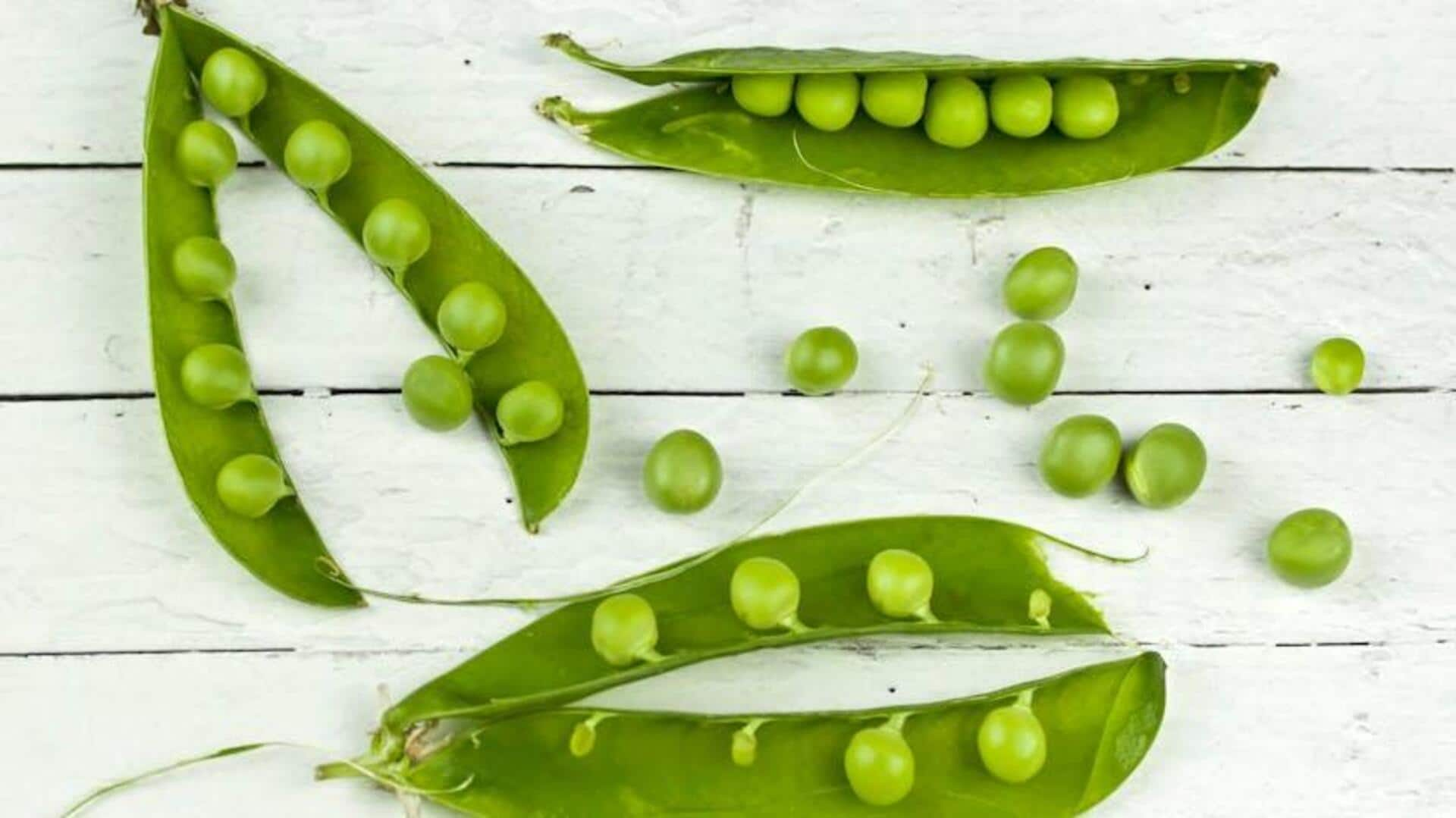
Peas v/s broccoli: Which is healthier?
What's the story
Peas and broccoli are two of the most popular vegetables that are also extremely nutritious. They are both packed with essential vitamins and minerals, making them great additions to a healthy diet. In this article, we will look at the nutritional profiles of peas and broccoli, compare their health benefits, and help you choose better for your diet.
#1
Vitamin content analysis
Peas are also an excellent source of vitamin C and vitamin K. A serving of peas gives around 67% of the daily recommended intake of vitamin C which is crucial for immune function and skin health. Broccoli also has a high vitamin C content but beats peas with its vitamin K content with over 100% of the daily requirement per serving. Vitamin K is vital for bone health and blood clotting processes.
#2
Fiber levels compared
Fiber is an essential part of a healthy diet, and both peas and broccoli are high in it. Peas have about four grams of fiber per cup, which helps with digestion and keeps you feeling full. Broccoli offers about two grams per cup but makes up with its low-calorie count, making it perfect for a weight loss diet. Either way, you can boost your fiber intake significantly.
#3
Antioxidant properties explored
Antioxidants serve as the body's first line of defense against free radicals that cause cellular damage. In particular, broccoli is known for its high antioxidant content, owing to compounds like sulforaphane that may fight cancer. Peas also have antioxidants (like flavonoids) that maintain cellular health, but they are not as concentrated as in broccoli.
#4
Mineral content insights
Minerals such as iron, calcium, and potassium are plenty in both vegetables but differ slightly in quantity. Peas deliver more iron than broccoli with around 11% of the daily value per serving compared to broccoli's 6%. Broccoli, however, is superb with calcium with roughly 43 milligrams per cup as opposed to peas' lesser amount of around 25 milligrams per cup.